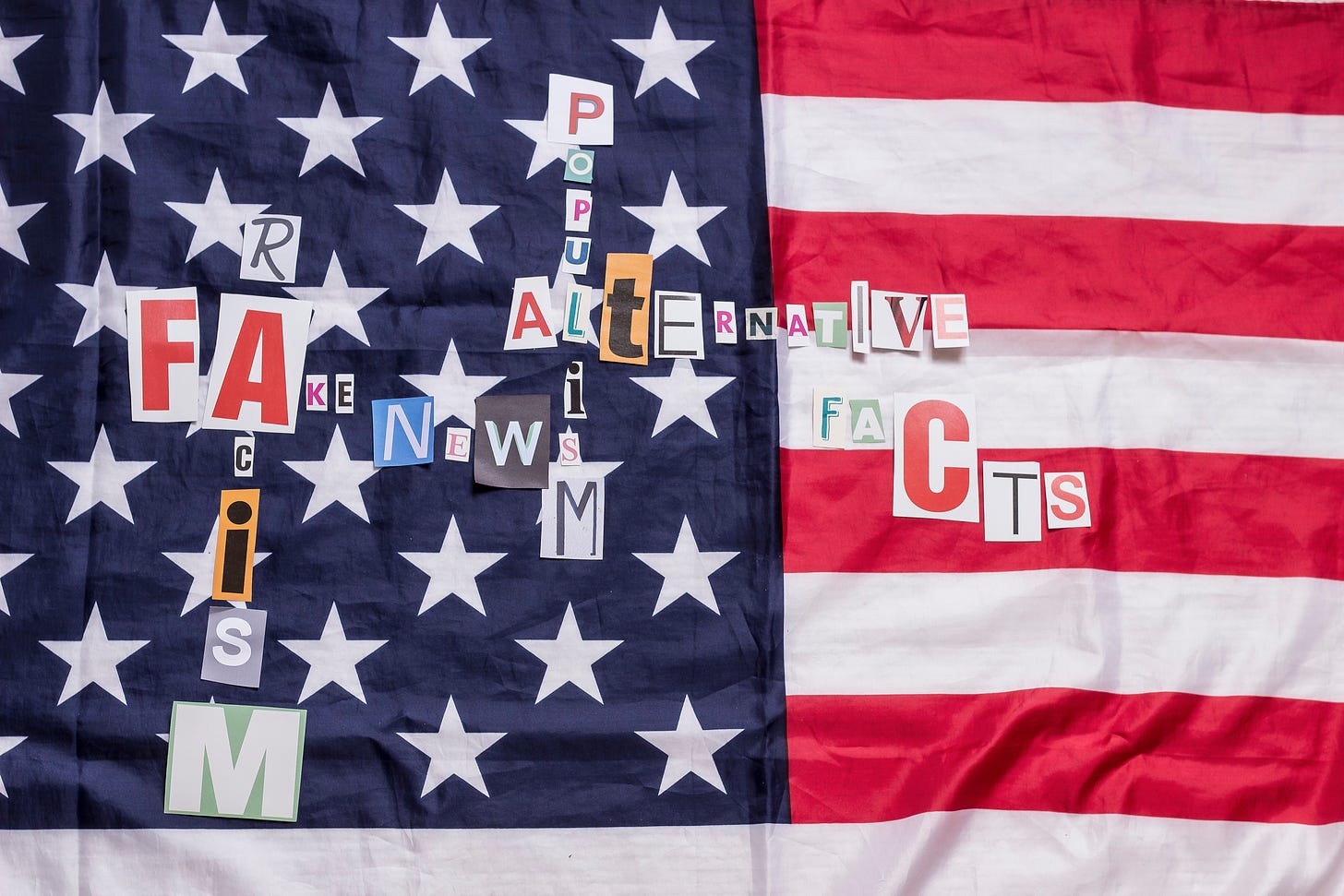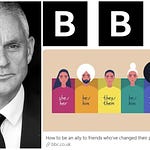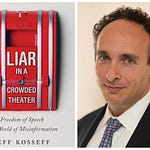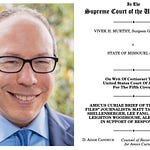Over the last year, we and others have documented the leadership and participation of US military, intelligence, and law enforcement agencies in demanding greater censorship of legal speech online by social media platforms. Over the last two weeks, we have traced the creation of a mass, public-private censorship effort called Cyber Threat Intelligence League (CTIL) to two separate US Department of Defense organizations.
Adding to this large and growing body of evidence is the fact that there appears to be a limited number of interpretive frameworks used by the US government, NATO, and their allies for characterizing their populist enemies. From the Russia hoax to the Covid lab leak to the recent riots in Ireland, the news media, governments, and leading NGOs have framed populists as foreign, crazy, harmful, and undemocratic.
It might seem unextraordinary that one side of the political spectrum would frame its opponents around those four negatives. After all, people involved in political life, whether politicians, activists, or journalists, frequently simplify and focus their attacks to significant effect.
But this limited number of “frames” displays, I believe, a level of message discipline that is uncharacteristic of genuinely grassroots political movements. Having worked on various activist political causes for 35 years, one defining characteristic is their lack of message discipline. Activists and NGOs struggle to work together in coalitions because they all want to emphasize different messages.
That’s not the case in these counterpopulist movements. Across seven years, every major counterpopulism effort used one of those four interpretative frames when they could have drawn on many alternatives, including framing populism as economically inefficient, which was the dominant counterpopulist frame before 2016.
Why is that? And do those counterpopulist frames retain their power? Or are they diminishing in strength?


















